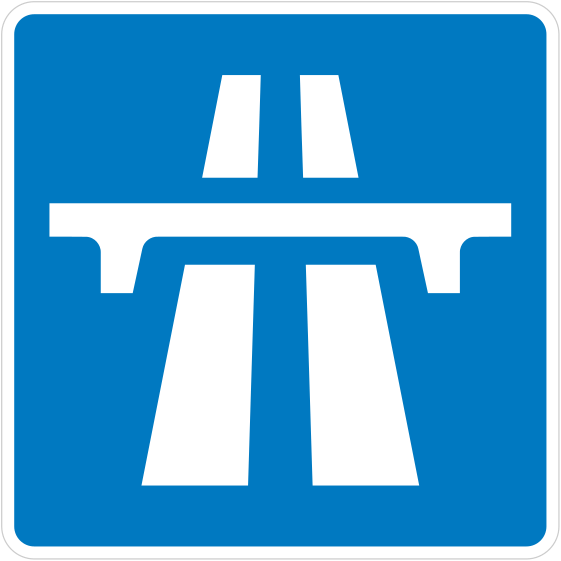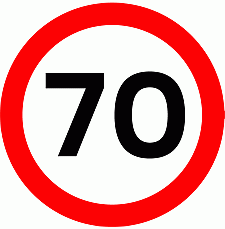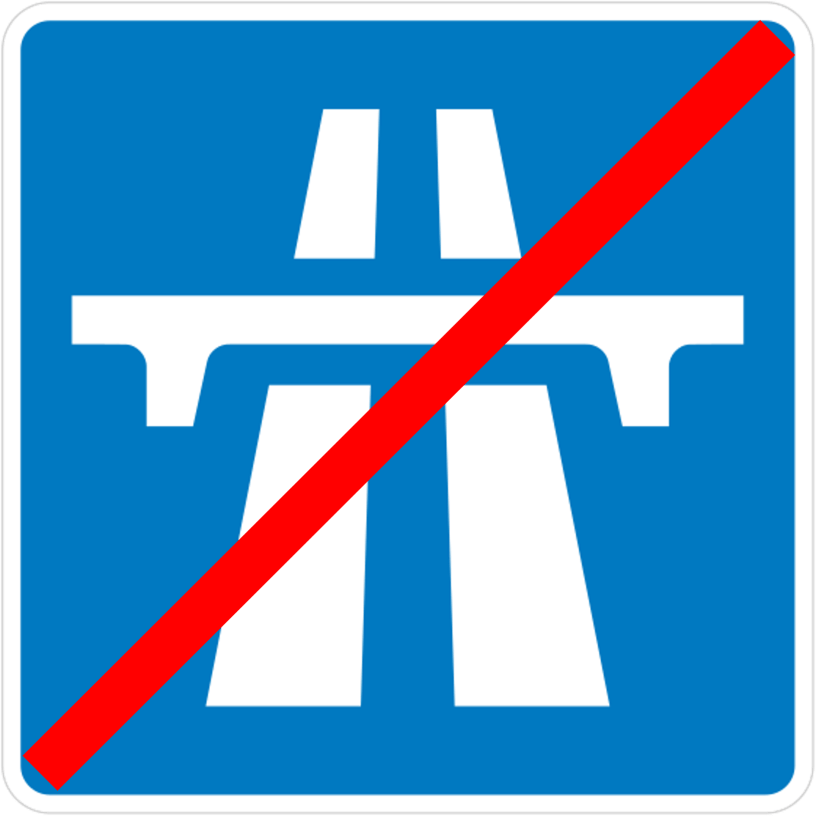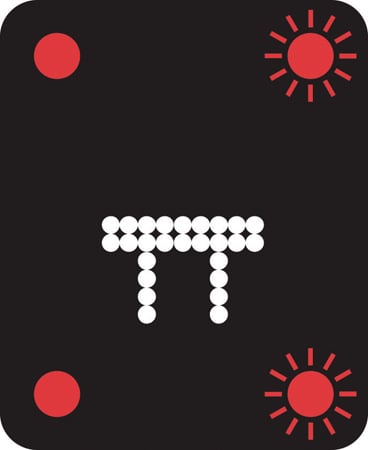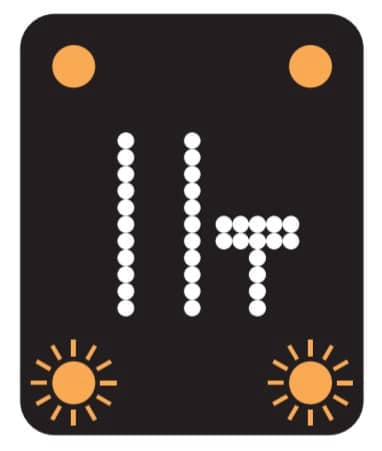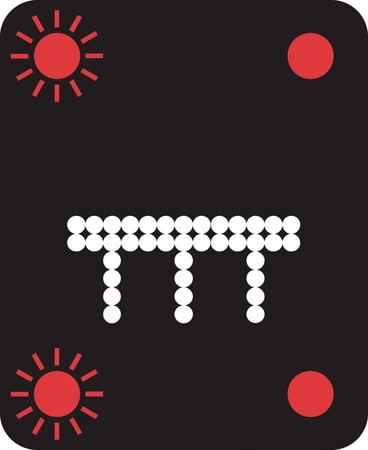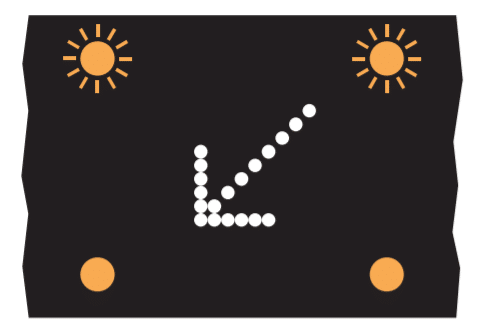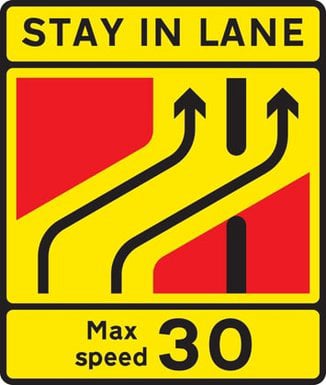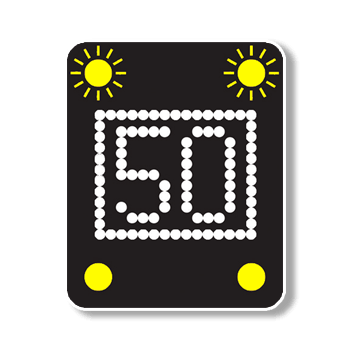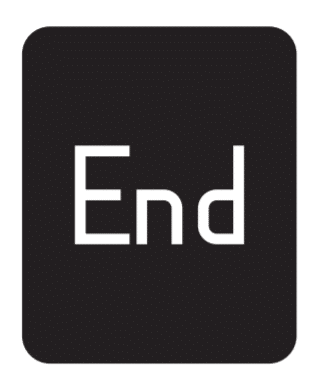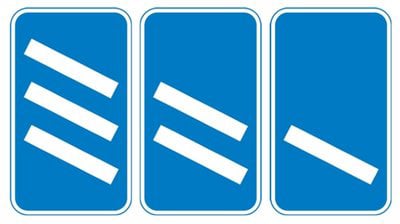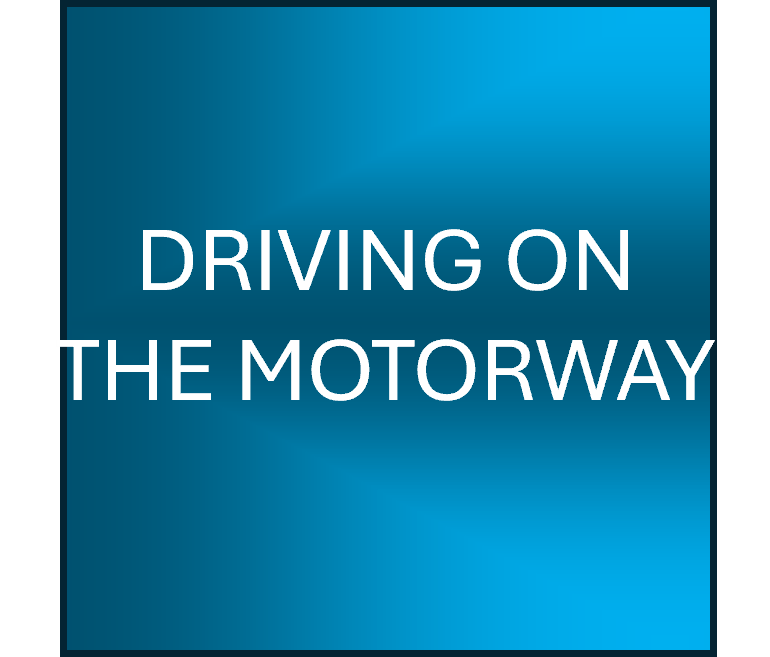
Statistically the most safest roads to drive in the UK. Based on volumes of traffic and related accident fatalities.

Statistically the most safest roads to drive in the UK. Based on volumes of traffic and related accident fatalities.
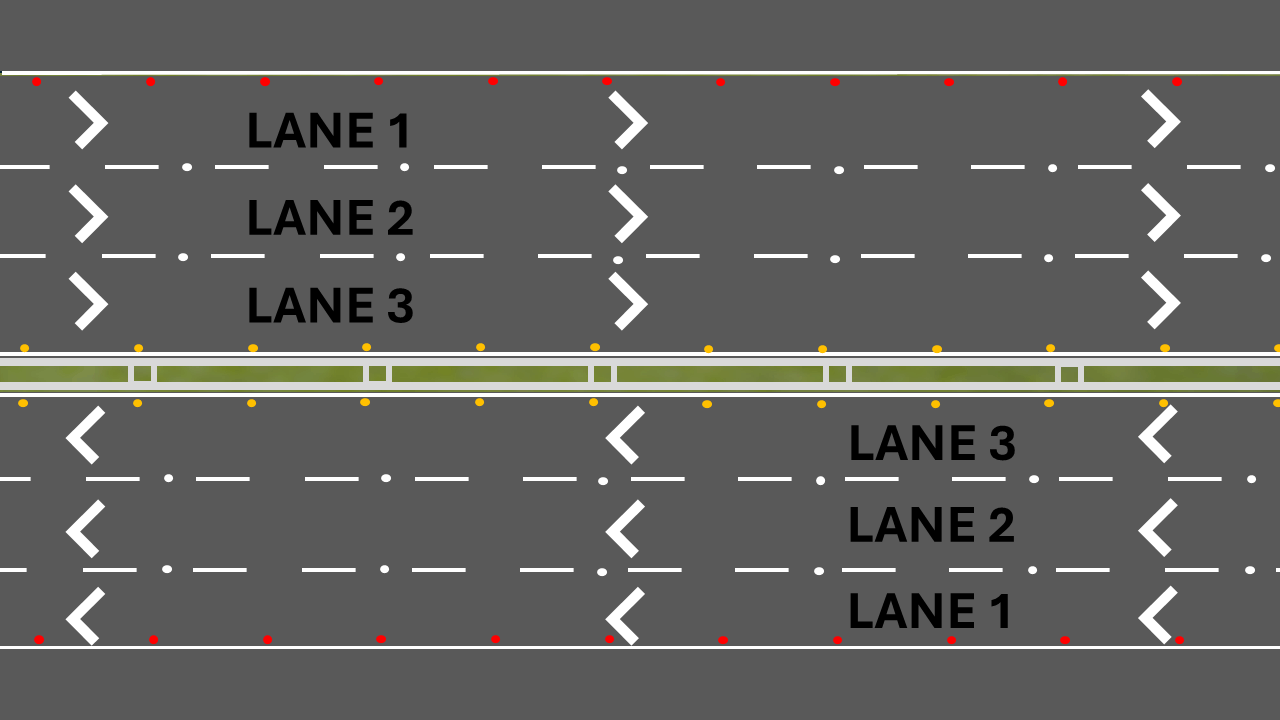
3 Running lanes and a Hard shoulder
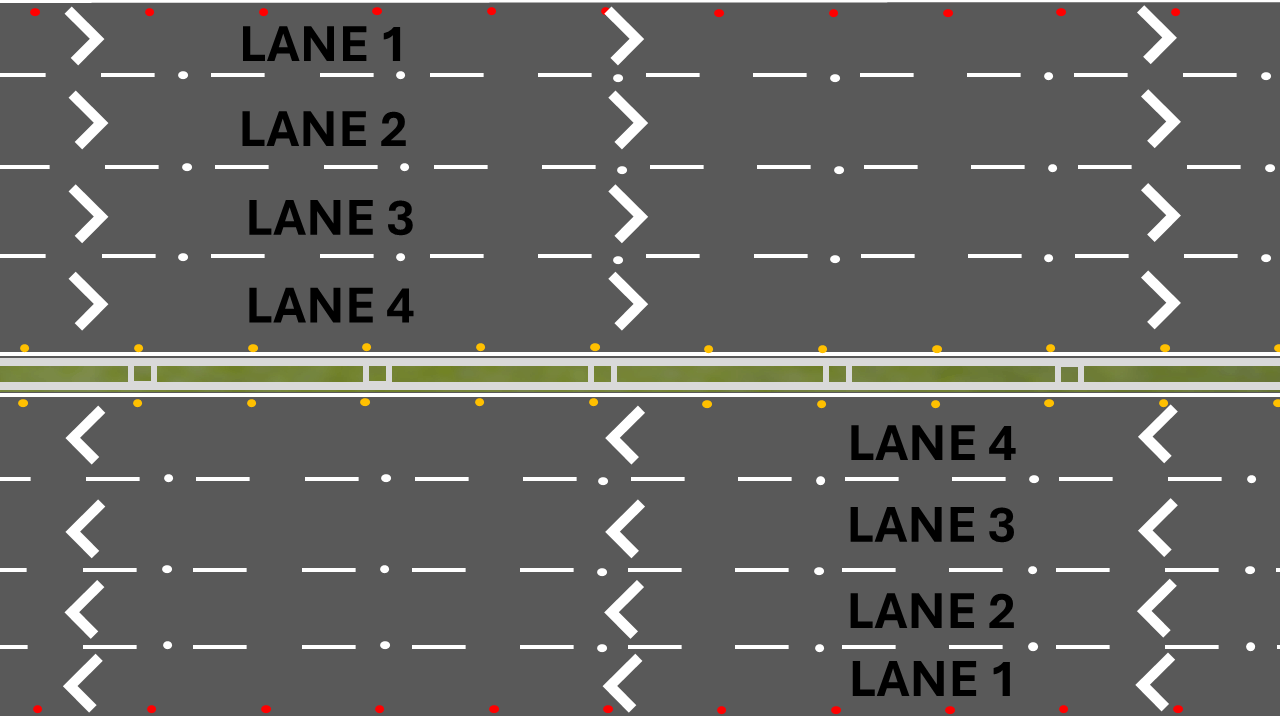
4 Running lanes and No Hard shoulder
The thought of going on a motorway for the first time as a driver can be really daunting for some.
This is a totally natural feeling. Hey, you're hurling a car along a road at 70mph!!!!!
BUT! think about how you felt on your very first driving lesson?
10mph for some feels scary as hell, but all of you get used to it, and in a very short space of time, 20, 30, 40, 50 & 60 don't seem that bad.
Motorway lanes are the widest roads you'll drive on in the UK, and EVERYONE is going in the same direction.
On the actual motorway there are No junctions on your right, No traffic lights, No Zebra Crossings, No Pedestrians walking across the road, No cyclists or scooters, No roundabouts, crossroads, staggered junctions.
Generally there is so much less to worry about then there is on standard urban or rural roads.
That being said, 70mph is 70mph and if things do go wrong, the outcomes can be catastrophic and end up with fatalities.
Statistically, motorways account for only 5% of fatalities on UK roads, despite carrying around a fifth of all traffic.
Understanding the rules, the signs and having good concentration and an awareness of EVERYTHING around you, motorways are an excellent resource to get from A-B quicker.
Once you are on a motorway, things to consider and rules to obey when driving on them are:-
Lane 1 is the normal driving lane, all other lanes are for overtaking.
Lane 1 is NOT the slow lane and the rest get progressively faster with lane 3 or 4 being the fastest lanes.
Once you have overtaken a vehicle, move back into lane 1 unless you are continuing to overtake other vehicles.
Before moving into another lane ALWAYS ensure you are well aware of the approach speeds of following vehicles, and only change lanes when it is safe to do so.
Mirror checks should be more frequent than the would be on standard roads as things happen MUCH MUCH quicker at speeds of up to 70mph.
When you overtake, always ensure that you can see the front of the vehicle you have overtaken in the rear view interior mirror before returning to a lane to your left. This will ensure that you are well clear of that vehicle. Using the door mirrors will make things appear further away than they actually are, which is why we recommend the rear view interior mirror.
At 70mph the required distance to stop a car is 96 Metres. so ensure you ALWAYS keep a safe following distance from the vehicle in front of you.
A minimum safe distance on dry roads is 2 seconds, if you leave 4 seconds you are in a much safer position. So what if someone pulls in front of you, just ease off the accelerator pedal and recreate a 4 second gap.
A 4 second gap just means you'll arrive at your destination 4 seconds after the vehicle in front of you, it's not like you'll be hours behind them.
When coming up to exit junctions, if you are not exiting, it is recommended if safe to do so, to move into lane 2, this will leave lane 1 clear for anyone joining the motorway. Once you have cleared the slip road you can then move back into lane 1.
If you are leaving the motorway, it is recommended that you are in lane 1 by the time you see the 1 mile to junction sign.
All signs that have Amber lights are advisory.
All signs that have Red lights are Mandatory.
If you have been on a motorway for some time, when you leave the motorway, ensure that you regularly check you speed. It will take you a little time to
re-adjust to the slower speed and doing 30mph might make you feel like you are crawling along, but 50mph might feel like 30mph.
